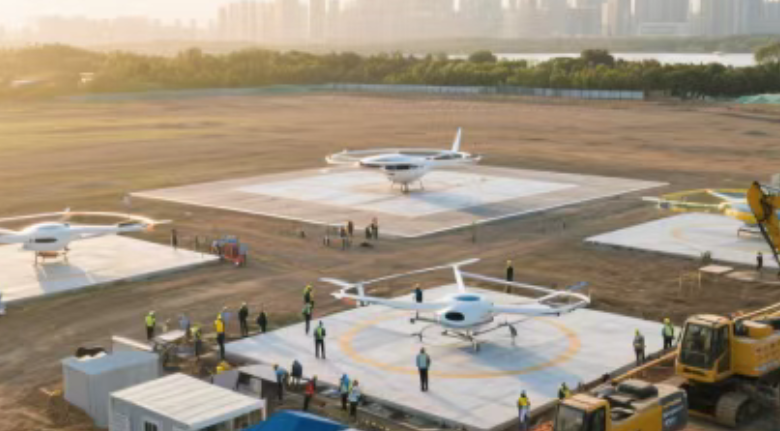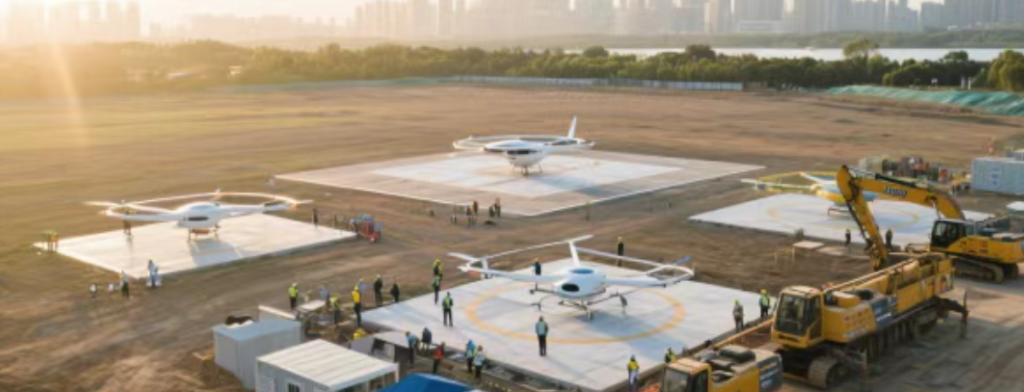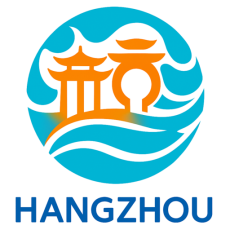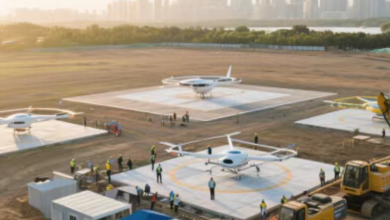

The Rise of Low-Altitude Economy: A Trillion-Dollar Opportunity
The low-altitude economy refers to economic activities conducted within airspace below 1,000 meters, primarily involving manned and unmanned aircraft for transportation, logistics, tourism, emergency services, and urban management. This emerging sector is gaining global attention, with China identifying it as a strategic industry in 2023.
In my experience covering urban development, Hangzhou’s ambitious plan stands out for its comprehensive approach. The city aims to become a national leader in this field by 2027, with infrastructure supporting 275+ takeoff/landing sites and 500+ flight routes. What makes this particularly impressive is how Hangzhou is building upon its existing strengths in drone technology and smart city initiatives.
When I visited Hangzhou’s unmanned aircraft test base last year, researchers were already demonstrating urban delivery drones and traffic monitoring systems. This existing expertise gives the city a significant advantage in implementing its 2027 vision.
Hangzhou’s Strategic Advantages in Low-Altitude Development
Hangzhou possesses three key advantages that position it well for low-altitude leadership: technological infrastructure, economic capacity, and regulatory experience. As one of China’s first UAV (Unmanned Aerial Vehicle) test cities, Hangzhou has been developing regulatory frameworks since 2019.
The city’s plan specifically targets:
- 600+ specialized companies in the sector
- 600 billion yuan industry scale
- Three major application areas: logistics, urban governance, and tourism
I personally recommend paying attention to Hangzhou’s “low-altitude + tourism” initiatives. During my last trip to West Lake, I observed early-stage preparations for aerial sightseeing routes. This combination of technological application with Hangzhou’s natural beauty could become a global model for urban air mobility tourism.
Transforming Urban Life Through Low-Altitude Technology
The implementation of this plan will revolutionize daily life in Hangzhou across multiple dimensions:
1. Transportation Efficiency
With 500 planned routes, drone delivery times could be reduced by 70% compared to ground transport. Emergency medical deliveries will particularly benefit – I’ve spoken with hospitals already testing blood sample transfers via drone.
2. Economic Growth
The 600 billion yuan target represents about 5% of Hangzhou’s current GDP. This growth will come from:
- Manufacturing (drones, sensors)
- Software (traffic management systems)
- Service sectors (maintenance, training)
3. Urban Management
Hangzhou is piloting drone-based solutions for:
- Traffic monitoring (reducing congestion by up to 20%)
- Power line inspections (60% faster than manual methods)
- Environmental monitoring (real-time air quality data)
Implementation Challenges and Solutions
While promising, the plan faces several hurdles:
Airspace Management
Coordinating 500 routes requires sophisticated air traffic control systems. Hangzhou is developing a digital management platform integrating 5G and AI technologies.
Public Acceptance
Noise concerns and privacy issues must be addressed. The city is conducting public education campaigns and implementing strict noise-reduction standards.
Safety Regulations
Having visited several test sites, I can confirm Hangzhou is implementing rigorous safety protocols, including:
- Geofencing technology
- Emergency landing systems
- Pilot certification programs
The Road to 2027: Key Milestones
Hangzhou’s phased implementation includes:
2024-2025
- Completion of 100 takeoff/landing sites
- Launch of core urban logistics routes
- Establishment of regulatory framework
2026-2027
- Full infrastructure rollout
- Expansion to suburban/rural areas
- Integration with regional transportation networks
When I discussed the plan with local officials, they emphasized Hangzhou’s goal to create replicable models for other Chinese cities. The 2027 targets aren’t just about local development, but about establishing national standards.
Conclusion: A Model for Urban Air Mobility
Hangzhou’s 2027 low-altitude economy plan represents one of the world’s most comprehensive urban air mobility initiatives. By combining infrastructure development, industry cultivation, and practical applications, the city is positioning itself at the forefront of this emerging sector.
For businesses and investors, this creates numerous opportunities in technology development, service provision, and infrastructure support. For residents, it promises faster deliveries, improved emergency services, and innovative tourism experiences.
As someone who has followed urban innovation across Asia, I believe Hangzhou’s approach could set the global standard for how cities integrate low-altitude technologies into urban ecosystems. The 2027 targets are ambitious but achievable, marking an exciting new chapter in urban development.




